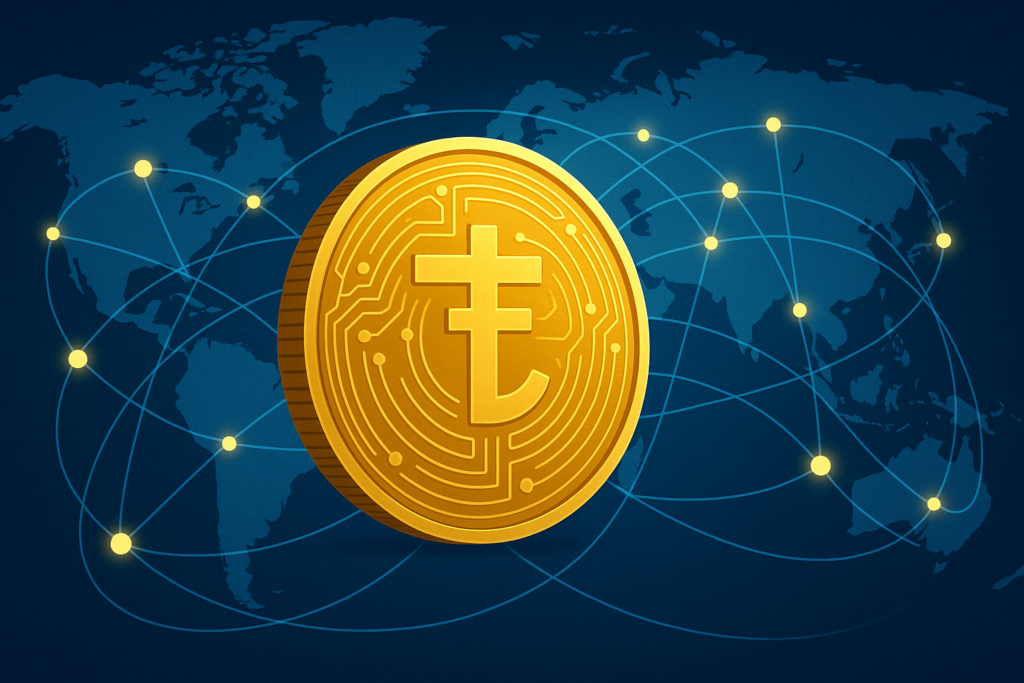
Blockchain Meets Institutional Finance: JPMorgan and DBS Lead the Charge
In a groundbreaking move towards programmable and interoperable finance, JPMorgan and Singapore’s DBS Bank have unveiled a cross-chain model enabling institutional clients to move tokenised deposits seamlessly across private and public blockchain networks. This innovative system represents the next stage of blockchain adoption in global finance, merging enhanced efficiency, compliance, and transparency.
The Significance of Tokenised Deposits
Tokenised deposits offer a digital representation of funds held in a traditional bank account, allowing for rapid, secure transfer without reliance on outdated settlement systems like SWIFT. Unlike cryptocurrencies, tokenised deposits maintain their regulatory safeguards and intrinsic value as they traverse blockchain railways. Both JPMorgan’s Kinexys Digital Payments platform and DBS Token Services now make this possible, connecting previously siloed blockchain systems into an interoperable financial corridor.
The First Cross-Institutional Bridge
This partnership allows clients to use blockchain-based USD deposit tokens on permissioned and public chains. For example, JPMorgan clients can issue a USD deposit token on Coinbase’s Base blockchain and send it to DBS clients. These tokens can then be redeemed for cash or retained for further digital transactions within DBS’s environment.
Why This Matters for Institutional Finance
Traditionally, tokenisation efforts focused solely on internal bank optimization. Now, JPMorgan and DBS are leveraging blockchain versatility for cross-border payments, treasury management, and multi-bank operations at scale. The “singleness of money”—ensuring token value remains consistent regardless of blockchain—becomes foundational, combining the transparency of blockchain with the security of traditional banking.
Key Features of the Success Framework
This integrated system aligns flawlessly with regulatory compliance standards. Collaborating under New York and Singapore’s evolving blockchain policies, the initiative demonstrates that institutional-grade blockchain networks can co-exist with compliance-heavy financial systems.
For instance, the platform allows financial institutions to conduct real-time transactions across geographical barriers without going through batch systems or clearinghouses. This dramatically improves efficiency, reliability, and accessibility for fiat-backed digital money in a 24/7, real-time economy.
A Promising Future for Blockchain in Finance
The Bank for International Settlements estimates that nearly one-third of banks globally are implementing or exploring tokenised deposits. These developments extend beyond experimental closed-loop systems towards creating infrastructure that could fundamentally reshape financial settlements and payments.
Explore the Technologies Driving the Shift
If you’re considering blockchain innovations for personal investments or curious about fiat-backed digital tokens, review platforms like Coinbase. As a secure blockchain partner for global institutions, it allows users to experience the transformative power of tokenized finance.
The collaboration between JPMorgan and DBS sets the benchmark for more banks to adopt digital settlement systems, reducing reliance on conventional rails while ensuring fiat-backed guarantees on a global scale.




